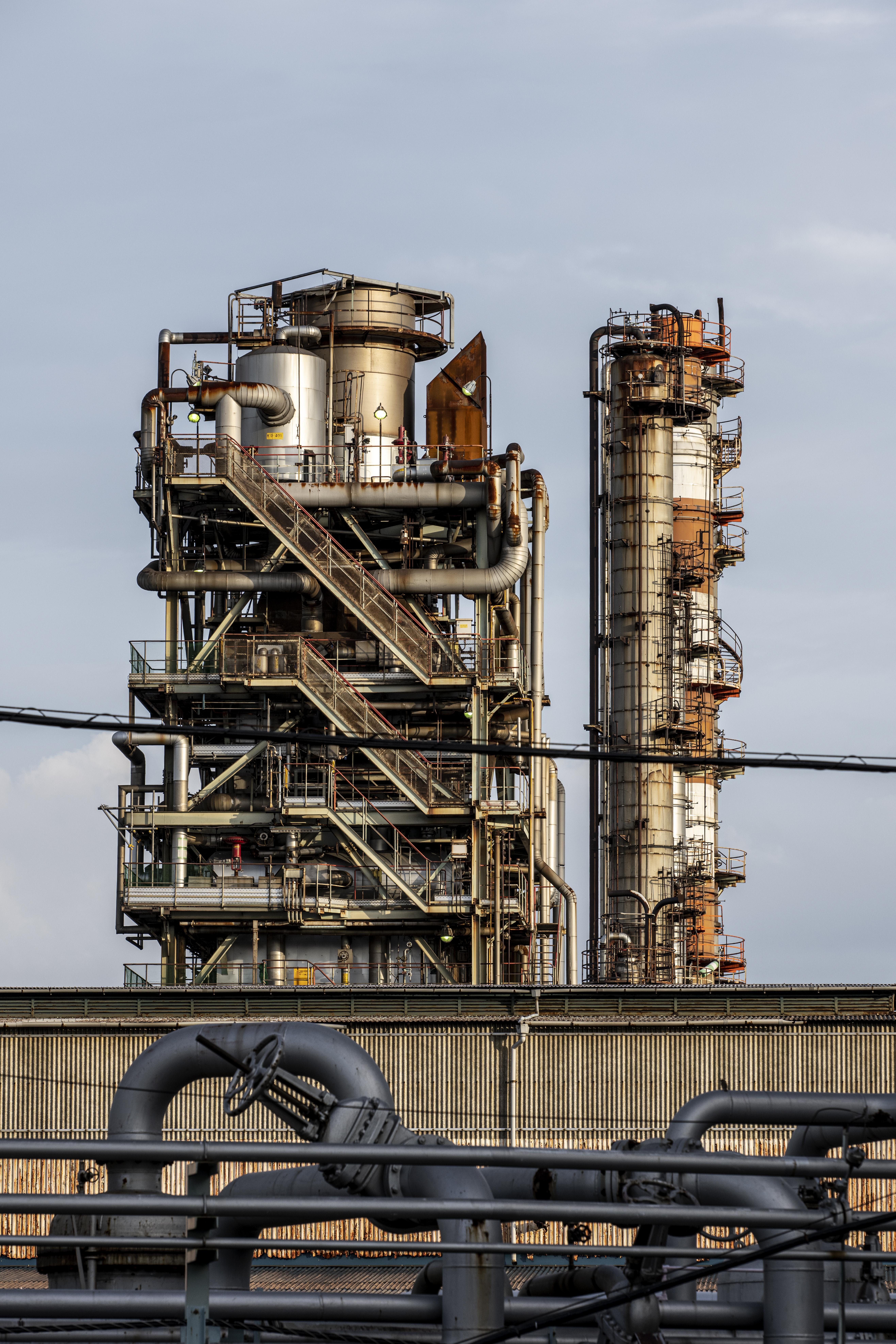Construction chemicals, often referred to as building chemicals or specialty chemicals, have played a vital role in enhancing the performance, durability, and sustainability of construction materials. From ancient times to the modern era, these chemicals have evolved significantly, contributing to the development of stronger, more durable structures, and improving the quality of buildings. This article traces the history of construction chemicals, from their early use to the innovations that define today’s construction industry.
Ancient Civilizations and Early Use of Construction Chemicals
The origins of construction chemicals can be traced back to ancient civilizations. Although the concept of “chemicals” as we understand it today did not exist, early builders employed various materials that acted as precursors to modern-day construction chemicals.
- Ancient Egypt: The Egyptians are known for their advanced building techniques, including the construction of the pyramids. They used a variety of natural materials such as lime, gypsum, and resins as binders and adhesives. These materials helped to solidify structures and provided a form of protection against the elements.
- Roman Empire: The Romans further advanced the use of construction chemicals. One of the most significant innovations was the development of Roman concrete, made from a mixture of volcanic ash, lime, and seawater. This early form of concrete set underwater, enabling the Romans to construct massive and durable buildings like aqueducts, roads, and the famous Pantheon. Roman concrete is considered a precursor to modern construction chemicals due to its ability to improve strength and workability.
The Middle Ages to the Renaissance: Limited Use and Further Developments
During the Middle Ages, the use of construction chemicals remained relatively rudimentary, but it was still crucial to building practices. The development of mortar, plasters, and lime-based products continued, but technological progress was slow until the Renaissance period.
- Medieval Mortar and Plaster: Builders in the medieval period used lime-based mortar for bonding stones in the construction of churches, castles, and fortifications. The mortar was often mixed with sand and water, and occasionally animal fat or ash to improve its properties.
- Renaissance Innovations: The Renaissance saw significant advances in architectural design, and with it, some improvements in the materials used. While there were no modern construction chemicals during this period, the refinement of techniques for producing lime-based materials laid the foundation for later developments.
The Industrial Revolution: The Birth of Modern Construction Chemicals
The Industrial Revolution, which began in the late 18th century, was a transformative period for construction. This era saw major advancements in both technology and material science, leading to the development of many modern construction chemicals.
- Cement and Concrete: One of the most important breakthroughs in construction chemistry during this period was the invention of Portland cement by Joseph Aspdin in 1824. Portland cement revolutionized the construction industry and paved the way for the mass production of concrete, an essential material in modern building practices. This development made large-scale construction projects possible, including bridges, skyscrapers, and highways.
- Waterproofing and Paints: With the industrial boom, the demand for waterproofing materials and protective coatings grew. Early waterproofing methods, such as bitumen-based compounds, were employed for building foundations, roofing, and dams. Paints also became an important construction chemical, used to protect buildings from weathering and decay.
20th Century: Expansion and Innovation
The 20th century saw a massive expansion in the use of construction chemicals, driven by urbanization, technological advances, and the need for more sustainable and durable materials. Innovations in chemical engineering allowed for the development of more specialized products that greatly improved the quality of buildings and structures.
- Admixtures and Superplasticizers: In the early 1900s, the development of chemical admixtures began. These chemicals were added to concrete to enhance its properties, such as increasing its workability, reducing the water-to-cement ratio, and improving its durability. Superplasticizers, introduced in the 1950s, allowed for high-strength concrete to be poured into complex forms without compromising workability.
- Polymer-based Products: In the mid-20th century, the development of polymers and synthetic materials led to a revolution in construction chemicals. Epoxy resins, polyurethanes, and other synthetic polymers became widely used for waterproofing, flooring, adhesives, and coatings. These materials offered superior durability and resistance to weathering and chemicals, making them essential in modern construction.
- Insulation and Fireproofing: As building safety and energy efficiency became more critical, construction chemicals focused on enhancing insulation and fireproofing materials. The development of spray foam insulation, fire-retardant coatings, and thermal insulation materials allowed for more energy-efficient and safer buildings.
Late 20th Century to Present: Sustainability and Green Chemistry
In recent decades, there has been a growing emphasis on sustainability in the construction industry. Construction chemicals have evolved to meet the demands for eco-friendly products that minimize environmental impact while improving building performance.
- Green Building Materials: The rise of green building certifications, such as LEED (Leadership in Energy and Environmental Design), has driven the development of construction chemicals that are energy-efficient, non-toxic, and made from renewable resources. Examples include low-VOC (volatile organic compound) paints, recycled content additives, and eco-friendly concrete mixtures that reduce carbon emissions.
- Self-healing Materials and Nanotechnology: In the 21st century, the advent of nanotechnology has opened up new possibilities for construction chemicals. Self-healing concrete, which can repair its own cracks through chemical reactions, is one example of how science is advancing the future of construction. Nanomaterials are also being used to improve the strength, durability, and water resistance of various construction products.
- Smart Materials: The use of smart materials that can respond to environmental changes (e.g., temperature or humidity) is an emerging trend in construction chemicals. These materials have the potential to create buildings that can adapt to changing conditions, improving energy efficiency and comfort for occupants.
The history of construction chemicals is a testament to human innovation and the continual quest to improve the built environment. From the simple use of lime in ancient times to the cutting-edge materials and technologies of today, construction chemicals have played an essential role in shaping the structures that define our world. As we continue to face challenges such as climate change, resource scarcity, and the need for more sustainable construction practices, the future of construction chemicals will undoubtedly be driven by further innovations in materials science, sustainability, and technology. The evolution of construction chemicals is far from over, and its impact on the built environment will continue to shape the future of construction for generations to come.

